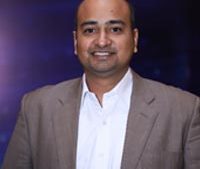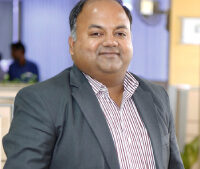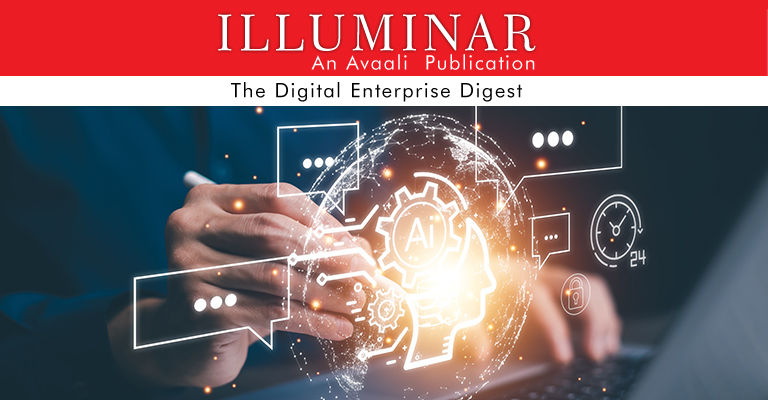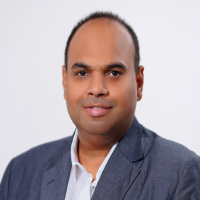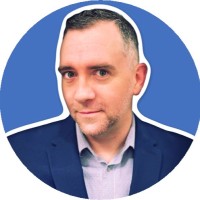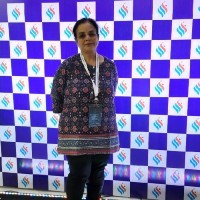INTERVIEW OF THE MONTH
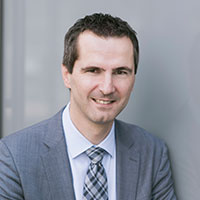
INTERVIEW WITH MR. KLAUS GLATZ
Chief Digital Officer of the ANDRITZ GROUP
Klaus Glatz is Chief Digital Officer of the ANDRITZ GROUP and responsible primarily for development of internal and external smart services to extend the Group’s portfolio of digital solutions as well as for information technology worldwide throughout the Group.
- Could you kindly detail some key solutions that Andritz has put together with IoT? What business benefits are you experiencing?
- OPP (Optimization of Process Performance) is a solution which we are offering in our big plants for optimizing the output of our big plants like Pulp Mills, … by using data and doing machine learning/artificial intelligence we can instruct the operator to better run their plants. OPP contracts are success based and are typical performance-based contracts.
- Predictive maintenance solutions are used to predict maintenance intervals as well as replacement of spare and wear parts.
- Spare Parts Catalog: based on the installed base of a customer we offer a machine/plant focused spare part catalog to ensure that a customer is always requesting for the correct spare parts based on his equipment’s using 2D/3D possibilities supported by AR.
- Field Service: a modern solution to better schedule, instruct and close our field service activities – this will create more visibility for ANDRITZ but also for our customers and has a very positive impact on the cash flow as the invoices can be sent much faster.
- Digital Site: completely digitalization of a site erection for all suppliers, 3rd party companies and ANDRITZ itself – the target is to have a collaborative approach and to share information, changes and adoptions to all parties of relevance.
- What are your views on the current state of security of IOT projects and potential mitigation plans for any threats or attacks? How would you describe the level of concern among enterprises?
- What are your views on the future of Industry 4.0? How would this change or improve the way in which enterprises operate?
- What are some of the biggest stumbling blocks on the road to IoT?
- The IoT ecosystem is large and there are hundreds of platform vendors. There are also challenges around legacy enterprise systems. What do you believe are some good practices that have worked for you in adopting IoT solutions?
WE are developing different solutions around IoT and Digitalization
This is a huge topic and is the basis for any digitalization activities. If you don’t take this topic serious you risk the complete company. Therefore ANDRITZ has established a Joint Venture in Israel to develop cybersecurity/risk management products and services for ANDRITZ, its customers and also for 3rd party companies. The target is “safe digitalization” and making sure that we have 100% visibility what’s going on.
This is a huge potential for companies as you can support decision making, predictive and preventive activities and allows you to develop new business models which haven’t been possible so far. Especially AI and anomaly detection has the potential to change the way we are operating our machines and equipment’s completely and support operators in their daily job. Cyber security is one of the biggest threats and therefore needs to be integrated in any product development immediately. Otherwise, you face a huge risk with all new services and products.
Internal Change Management – this is key as a lot of roles need to change. If you have performance-based business models or outcome-based business models you need a different sales approach to be able to sell those solutions. Speed is always key as you need to be fast in what you are developing. You also need to be open for new start-up ideas and entrepreneurs and companies typically struggle to work with those companies.
And last but not least you also need to have budgets available to be able to develop those solutions even when they don’t contribute to your revenue immediately.
There will always be new solutions and possibilities in the market. You need to be open to new trends and technologies but it doesn’t make sense to try and adopt each and every of those. Still, you need to have a clear strategy in place and then look for solutions which fit your strategy. We know that we can’t change each and everything immediately or at the same time, therefore you need to find possibilities to better integrate those solutions but also develop clear governance and single point of truth approach. Integration is important the same way as master data management. Digitalization just works when you have your data in a good state and this will be the biggest hurdle in internal digitalization Speed and performance is key.


